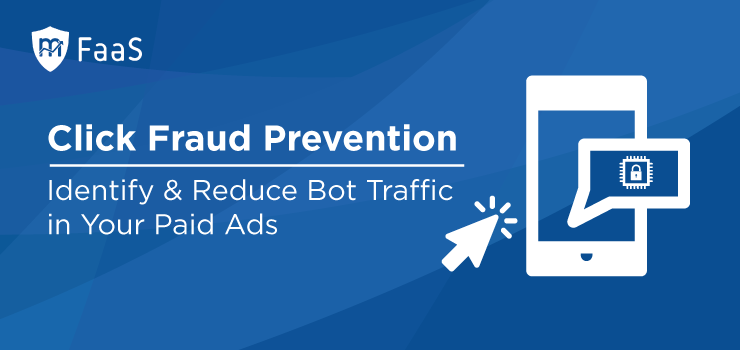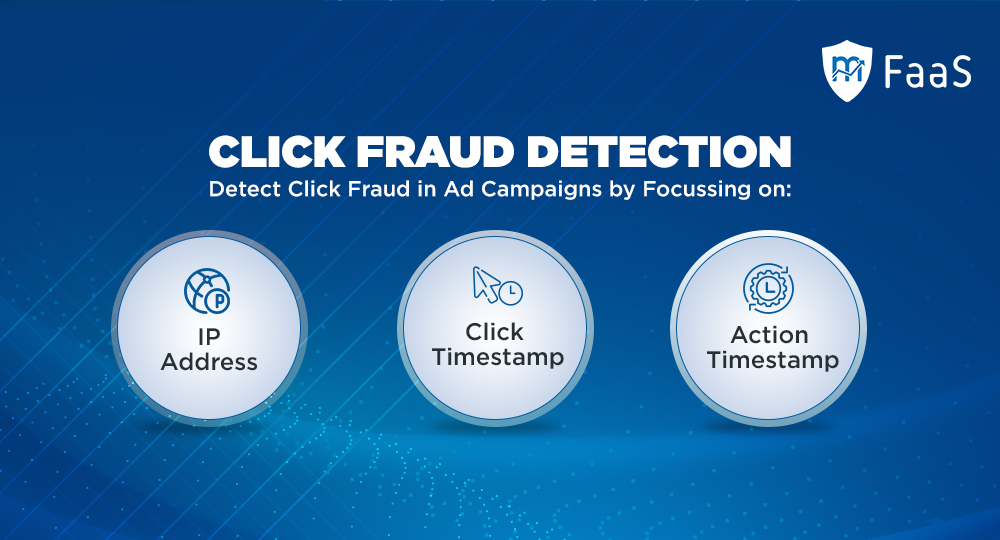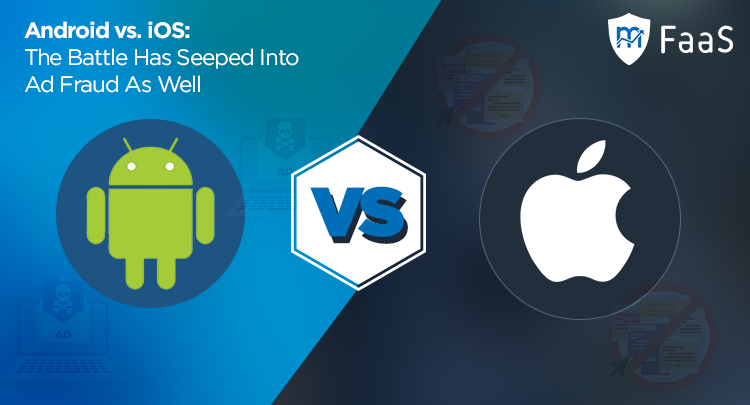Click Fraud Prevention – Identify & Reduce Bot Traffic in Your Paid Ads

Digital Advertising is one of the fastest-growing industries with global revenue touching $100 billion and still estimated to grow at a rapid pace for years to come. One of the key winners of this growth is the Pay-per-Click advertising model.
There are several reasons for the popularity of Pay-per-Click, such as faster implementation and result delivery. In terms of revenue, it generally helps advertisers make almost twice the business of what they spend. Availability to run these ads across different search engines and other platforms give advertisers ample reach to the target group. However, this highly competitive advertising model has its own challenges as well.
With large marketing budgets at stake, one of the critical challenges that marketers face with digital advertising is fraud attacks. According to White Ops, total losses due to ad frauds in 2019 will be $5.8 billion globally. There are different types of mobile ads frauds that are plaguing the mobile advertising performance and Click Fraud remains among the top troublemakers in Pay-per-Click advertising cycle including – advertisers, networks, platforms, and publishers.
In this post, you will read about the following aspects of Click Fraud:
- What is Click Fraud?
- Impact of Click Fraud on Ad Campaigns
- How To Secure Ad Campaigns From Click Fraud:
What is Click Fraud?
Consider you are running a Pay-per-Click (PPC) campaign for a mobile app. PPC follows a simple payment model where you are charged for every click on the ad. What if some bots start clicking your ads instead of real users?
As you are paying for every click, fraudulent clicks on ads by the bots will be chargeable. Click fraud is among the earliest ad fraud that’s been denting the digital advertising industry. It relies on scripts to reload the web pages on which your PPC ads are running and clicks on them.
Competitors may inflict click fraud attacks on your ad campaigns as it depletes your return on ad spend and even lower the ad scores. There have been some instances where the publishers have been blamed for click fraud in the lure of higher earning.
|
Similar Suggestion: Click Spamming Fraud: Everything a Marketer Should Know |
Impact of Click Fraud on Ad Campaigns
Click fraud hits advertisers everywhere it can hurt. It bites your budget as you are paying for fraudulent clicks. Being non-human clicks, they bring no revenue for the advertisers and lower the campaign ROI.
Since you can run PPC ads across different platforms and publishers, the click fraud in the campaign can impact their attribution reports differently. Because of which, you may end up paying the media source even when they haven’t delivered the legitimate (or rewarding) results. Unaware of it, it is very likely you will invest more money with such media sources, leading to circular losses.
Meanwhile, networks and publishers also take the beating because of click fraud as it belittles their efforts. If the advertiser is concerned with conversion and ROI metrics of the campaign, they will notice that fraud-infected publisher have lower performance. Therefore, it is important to deploy a strategy that can tackle click fraud not only for the advertisers or networks but also for the publishers. This being a zero-sum game, the fraudulent source ends up eating earning of the honest one.
How To Secure Ad Campaigns From Click Fraud
The process of protecting the mobile ad campaigns against the mobile ad frauds can be segmented into two parts:
1. Click Fraud Detection

When it comes to mobile ad fraud detection, data analysis can give some reliable indications. It is important to understand that abnormal metrics can hint at the presence of different types of frauds. To detect click fraud in your ad campaign, you can focus on the following attribution points:
- IP Address
Since bots run the same script from the same server, a click fraud on mobile ads will indicate a high density of clicks coming from the same IP address or a range of similar IP addresses. You can also run check on IP addresses to verify their history with another fraud. Such frauds are also called as IP Fraud.
- Click Timestamp
Click timestamp maintains the time at which the click is made on the ad. The bot-based click fraud runs repeatedly to attempt clicking on the ads, which increases click frequency for that duration. A high range of clicks with almost similar timestamp points at the possibility of click fraud. All you need to do in this case is to plot a chart. A low duration and high frequency mean a high probability of fraud.
- Action Timestamp
Action timestamp is the time at which the user takes some action on the app or website. Depending on the uniqueness of the app, you may expect the use who visits your app/website to complete certain actions. With a bot-based click attack, there is a similarity with not only with IP range and click timestamp pattern, but also with action timestamp. As bot clicks on the advertisement and then performs the action on app or website without any delay, the advertiser can notice a low or almost no action timestamp.
2. Click Fraud Prevention
The attribution points listed above can find you mere signs of click fraud without a conclusive confirmation. For a large campaign running across regions and earning millions of clicks, assessing the data for such attribute becomes even more cumbersome. Moreover, fraudsters keep on improvising these attributes to avoid being detecting. So, what does an advertiser need to do mitigate click fraud?
Reliable mitigation against click fraud demands the analysis of several other metrics and algorithms in quickly and that too with a progressive approach. The suggested way forward is to get a dedicated ad fraud detection tool.
Ad fraud prevention solution for mobile ads can run numerous reason codes simultaneously to detect as well as mitigate the click fraud. Relying on Artifical Intelligence and Machine Learning, such tools can keep enhancing their ability to detect frauds in real-time and reduce frauds in your PPC campaigns.
Conclusion
Click fraud and ad fraudsters would keep finding newer ways to beat the system. Regular and continuous monitoring with a tool that learns basic historical data and gives you the flexibility to incorporate newer algorithmic changes could be a game-changer.







